Unbelievable facts about inventions that changed the world
Inventions have an incredible knack for altering the course of history. From the wheel to the smartphone, each innovation has paved the way for new discoveries and conveniences. They often arise from the most unexpected situations, proving that creativity knows no bounds.
These transformative ideas not only solve problems but also inspire future generations to dream bigger and bolder. Let’s delve into some fascinating stories behind these world-changing inventions.
The Accidental Invention of the Microwave

Did you know that the microwave oven was discovered by accident? Percy Spencer, an engineer working with radar technology, noticed that a candy bar in his pocket melted while he was experimenting with a magnetron.
This serendipitous moment led to the development of the microwave oven we know today. Now, microwaves are a staple in kitchens worldwide, making meal prep faster and more convenient than ever.
How a Mistake Led to the Discovery of Penicillin
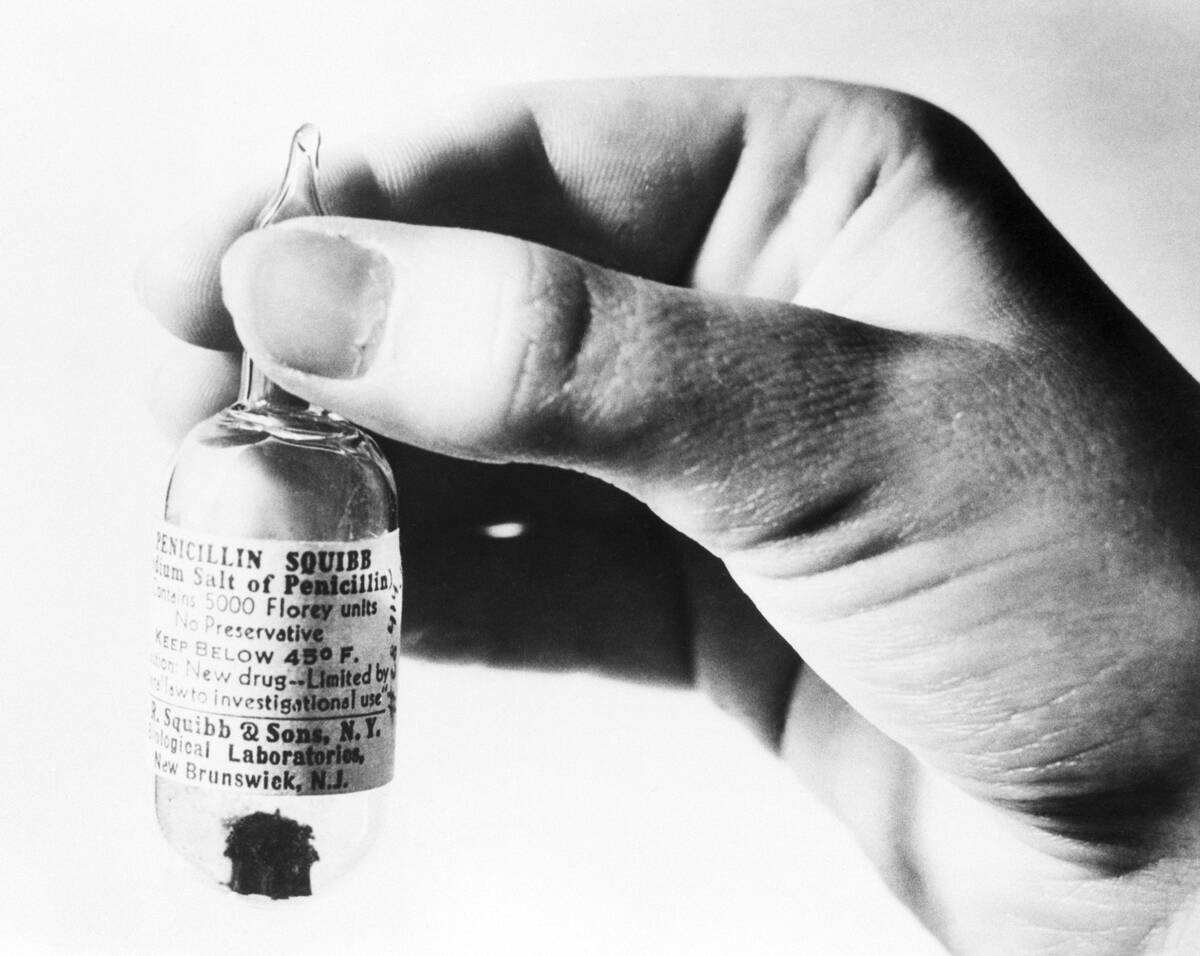
Sometimes, a messy lab can lead to groundbreaking discoveries. Alexander Fleming, a Scottish bacteriologist, stumbled upon penicillin when he left a petri dish of Staphylococcus bacteria uncovered.
He noticed that mold had killed the bacteria, leading to the development of antibiotics. This discovery revolutionized medicine, saving countless lives by treating infections that were once considered deadly.
The Surprising Origins of the Internet
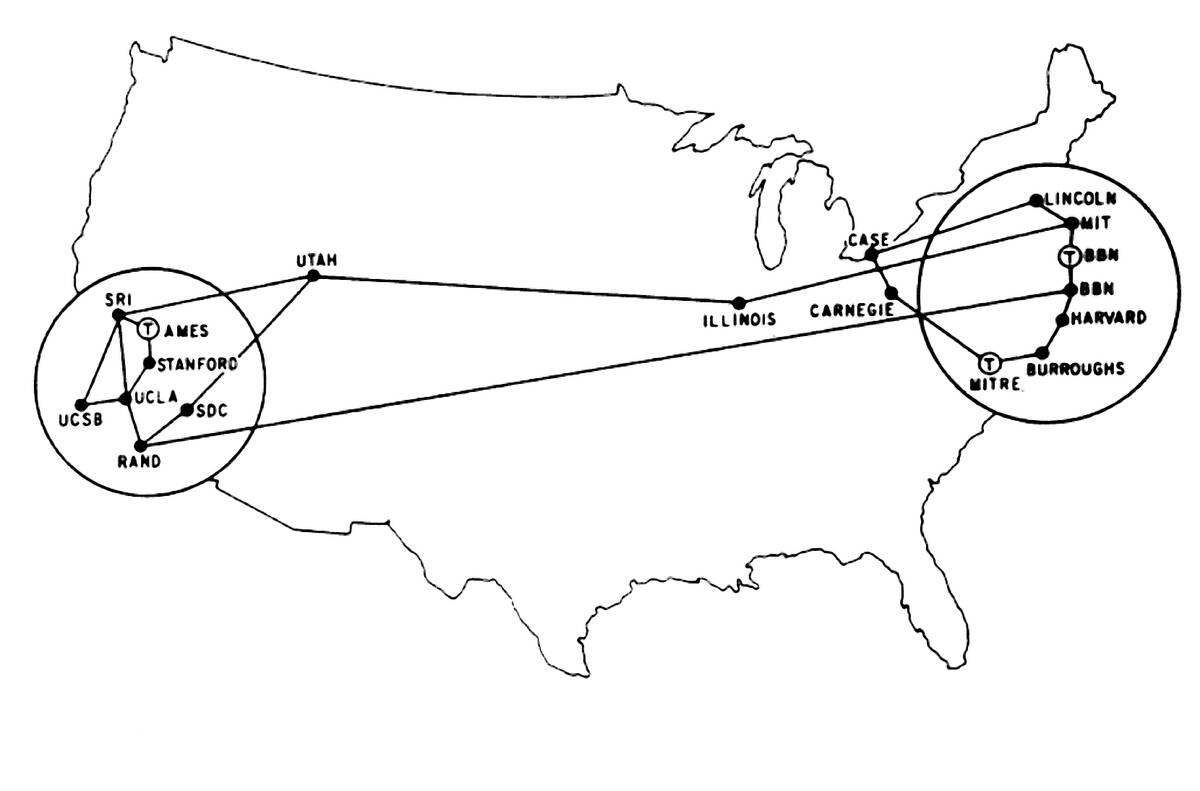
The internet, a cornerstone of modern life, began as a military project. In the 1960s, ARPANET was developed by the U.S. Department of Defense to enable secure communication.
This initial network laid the groundwork for today’s World Wide Web. Who would have thought that a defense project would evolve into a global platform connecting billions of people and transforming how we communicate and access information?
Velcro: Inspired by a Walk in the Woods
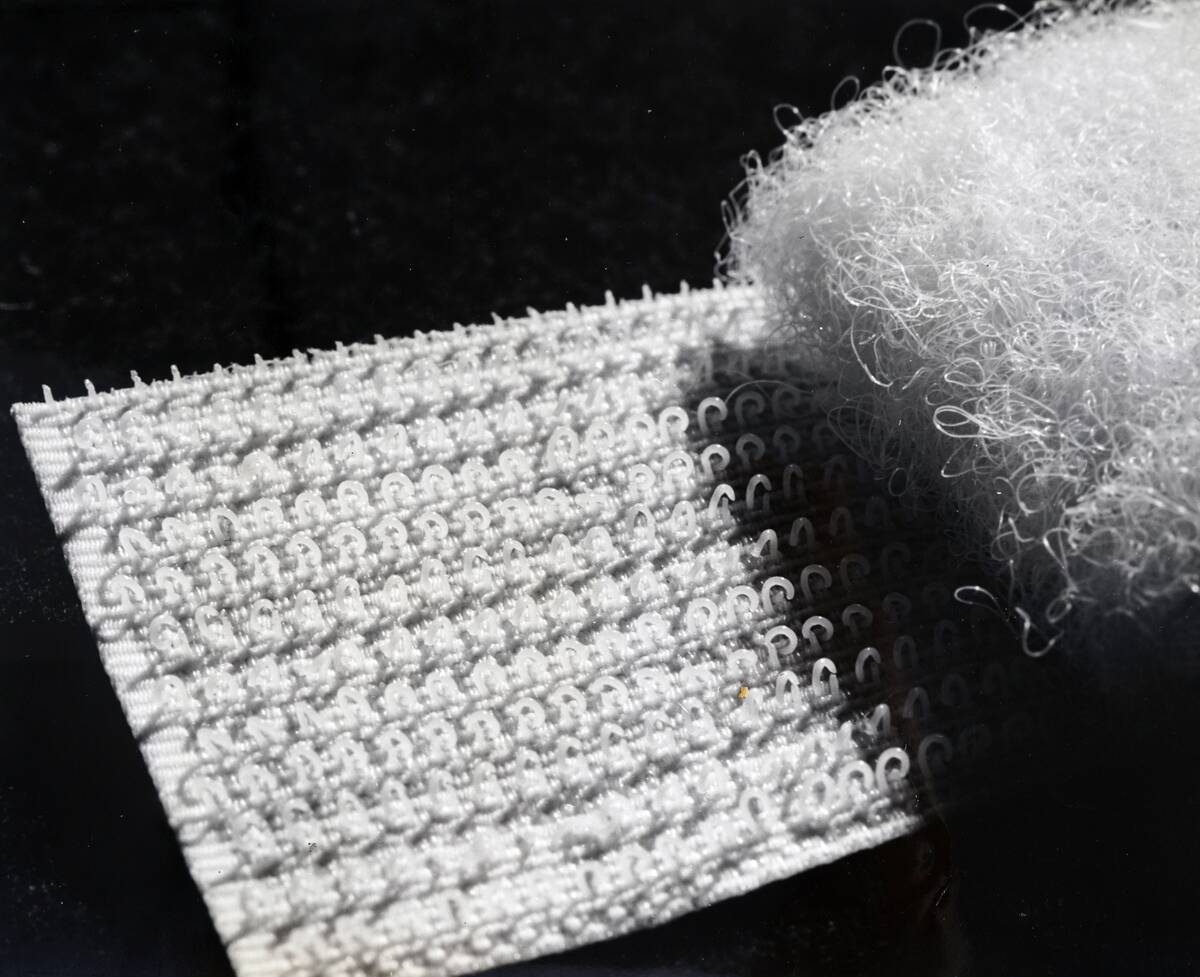
A simple stroll in the woods can spark an idea that changes the world. Swiss engineer George de Mestral was inspired to invent Velcro after noticing how burrs stuck to his dog’s fur.
By mimicking the hook-and-loop structure of burrs, he created a fastening system that has become indispensable in clothing, shoes, and even space exploration gear.
The Unintended Consequences of the Printing Press
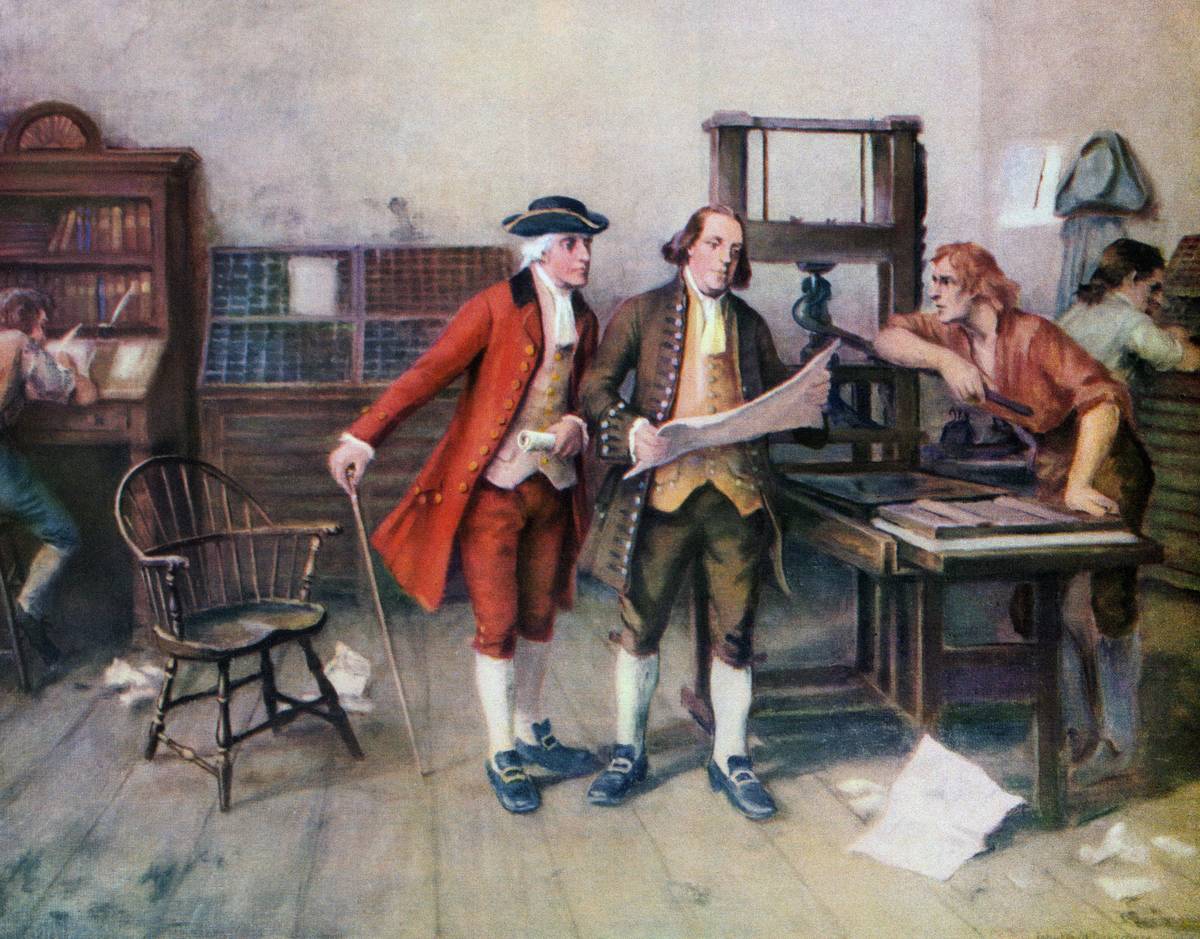
Johannes Gutenberg’s printing press, invented in the 15th century, was a game-changer for information dissemination. It made books more accessible, fueling the spread of knowledge and ideas across Europe.
This led to significant cultural shifts like the Renaissance and the Reformation. The printing press democratized information, igniting a thirst for knowledge that still drives society today.
The Light Bulb: More Than Just Thomas Edison
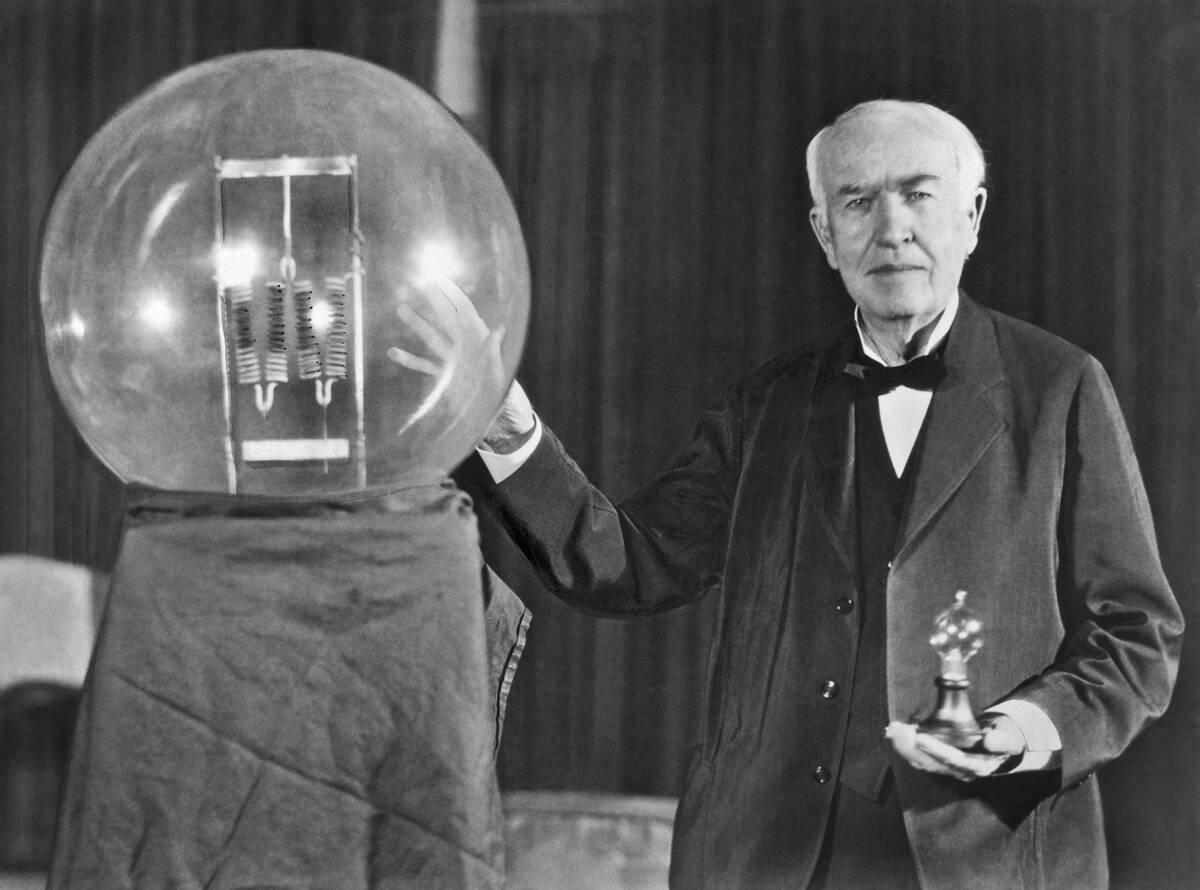
While Thomas Edison is often credited with inventing the light bulb, the journey involved many inventors. Sir Humphry Davy created the first electric light in 1802. Over the decades, inventors like Warren de la Rue and Joseph Swan contributed to its development.
Edison perfected the design, making it practical and commercially viable, illuminating homes and streets worldwide.
The Birth of Television: An Unexpected Journey

The invention of television was a collaborative effort spanning several countries. In the 1920s, John Logie Baird from Scotland and Philo Farnsworth from the U.S. made significant strides in developing the technology.
Baird’s public demonstration in 1926 and Farnsworth’s electronic system paved the way for television as we know it. Today, it remains a central source of entertainment and information.
The Invention of the Wheel: A Revolutionary Leap
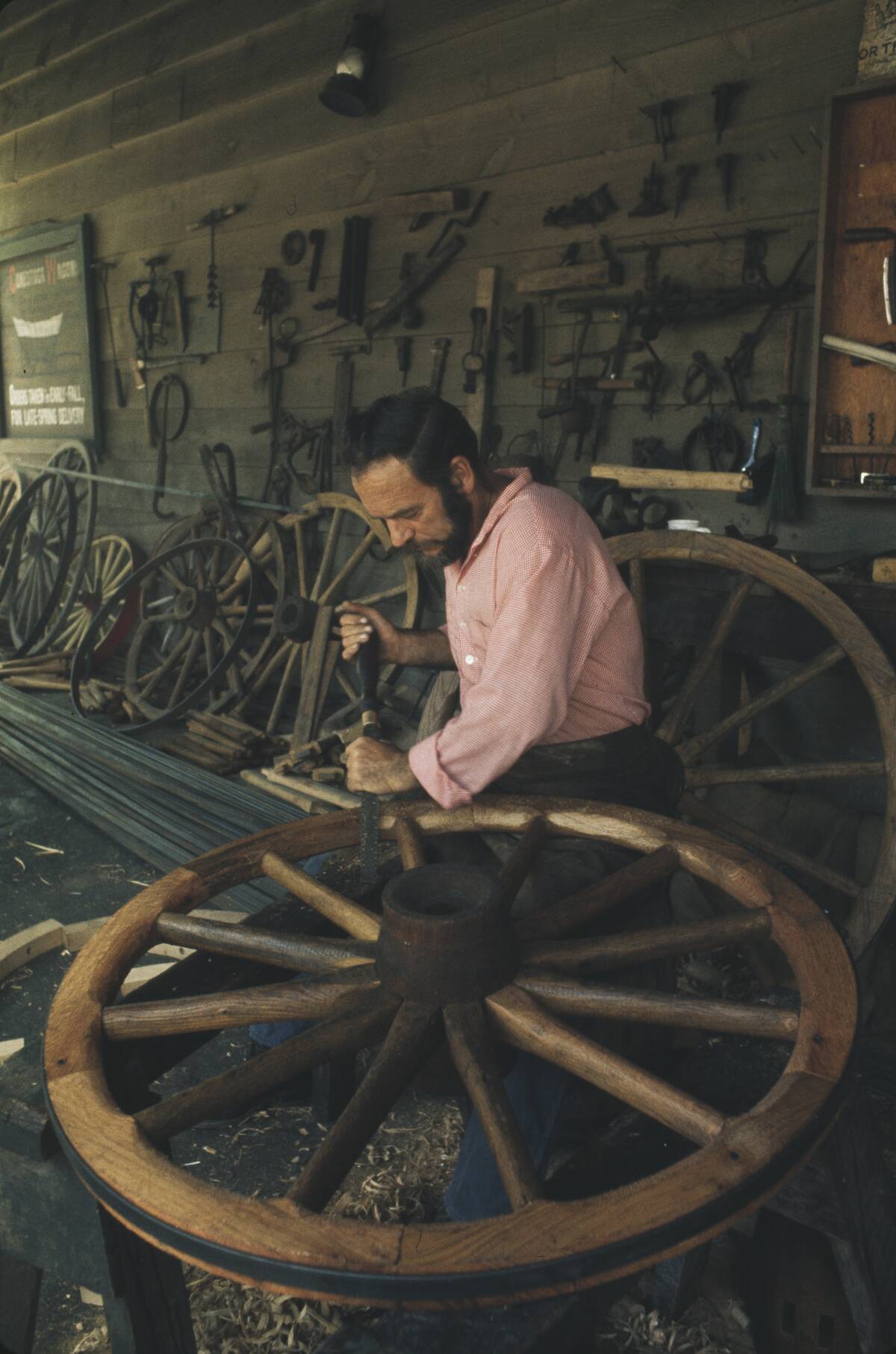
The wheel, invented around 3500 BC in Mesopotamia, revolutionized transportation and technology. Initially used for pottery, it evolved to facilitate trade and travel.
The wheel’s simplicity belies its impact, as it enabled the movement of goods and people, laying the foundation for modern civilization. It’s a testament to human ingenuity, shaping the world in unimaginable ways.
How Bubble Wrap Was Originally Made for a Different Purpose

Believe it or not, bubble wrap was initially intended as wallpaper! In 1957, engineers Alfred Fielding and Marc Chavannes tried to create textured wallpaper using two shower curtains.
The project didn’t take off, but they soon realized its potential as a packaging material. Today, bubble wrap is ubiquitous in shipping, providing fun and satisfaction with every pop.
The Quirky Origins of the Post-it Note

The Post-it Note’s creation was a happy accident. In 1968, Spencer Silver, a scientist at 3M, developed a weak adhesive. Years later, his colleague Art Fry found a use for it as a bookmark that wouldn’t fall out.
Thus, the Post-it Note was born, becoming an office staple for jotting down reminders and keeping ideas organized.
The Surprising Story Behind the Invention of Coca-Cola
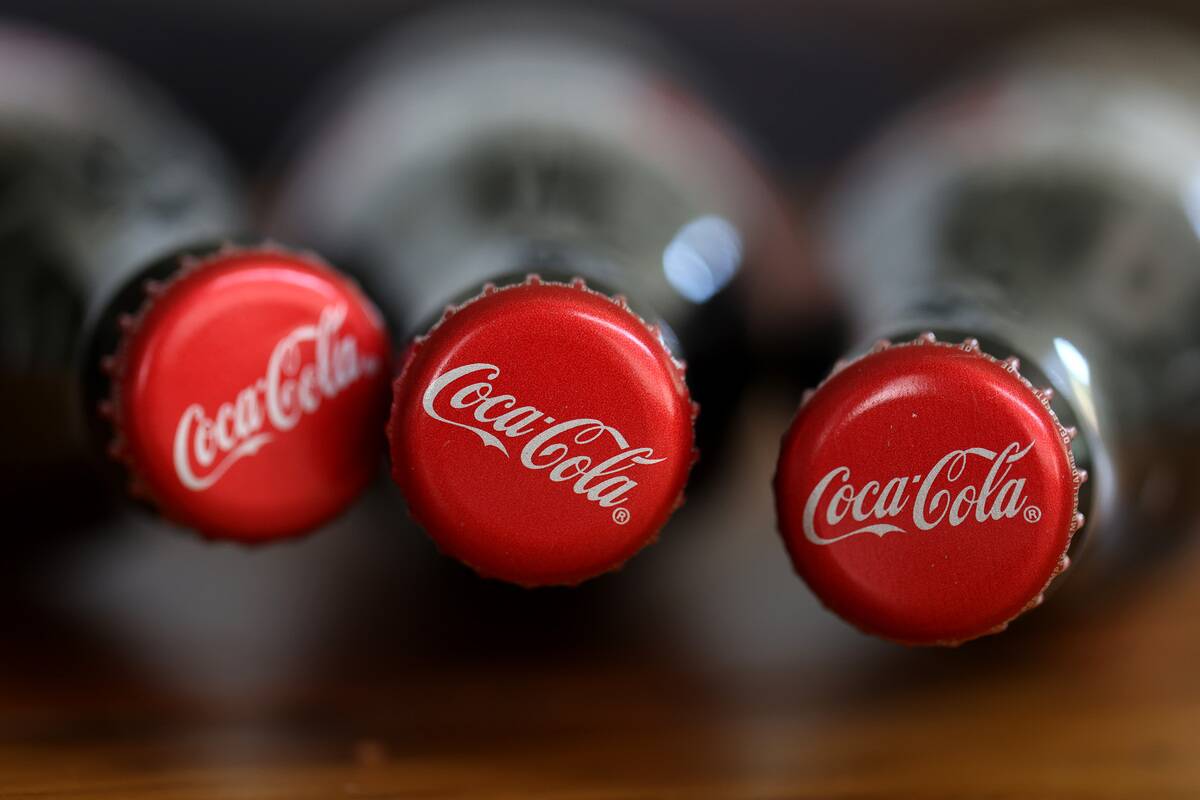
Coca-Cola’s origin story is as fizzy as the drink itself. In 1886, pharmacist John Stith Pemberton concocted a caramel-colored liquid, intending it as a medicinal tonic. When mixed with carbonated water, it became a refreshing beverage.
Today, Coca-Cola is a global brand, quenching thirsts and symbolizing American culture worldwide.
The Development of the Airplane: A Tale of Two Brothers
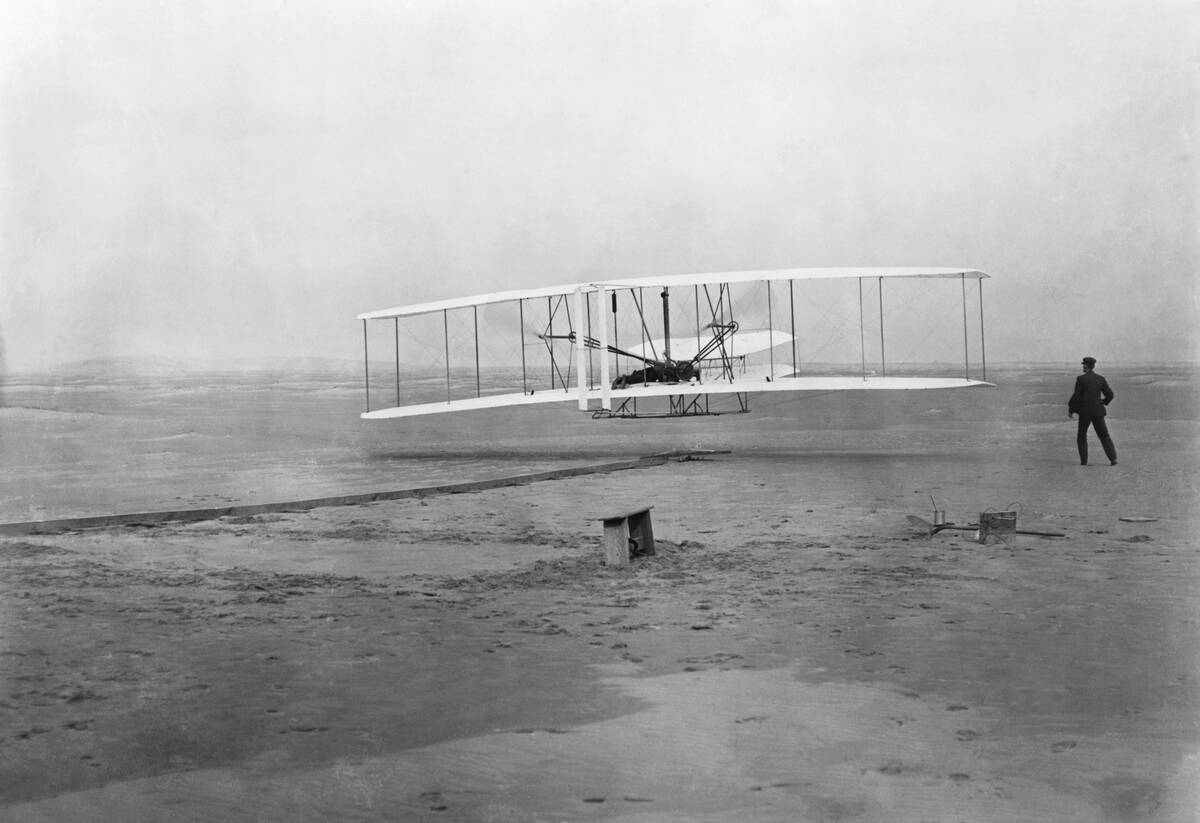
The Wright brothers, Orville and Wilbur, are synonymous with flight. In 1903, they achieved the first powered, controlled flight in Kitty Hawk, North Carolina.
Their innovative design and relentless experimentation transformed human travel. The airplane shrank the world, enabling people to explore distant lands and cultures with ease.
GPS: From Military Secret to Everyday Necessity
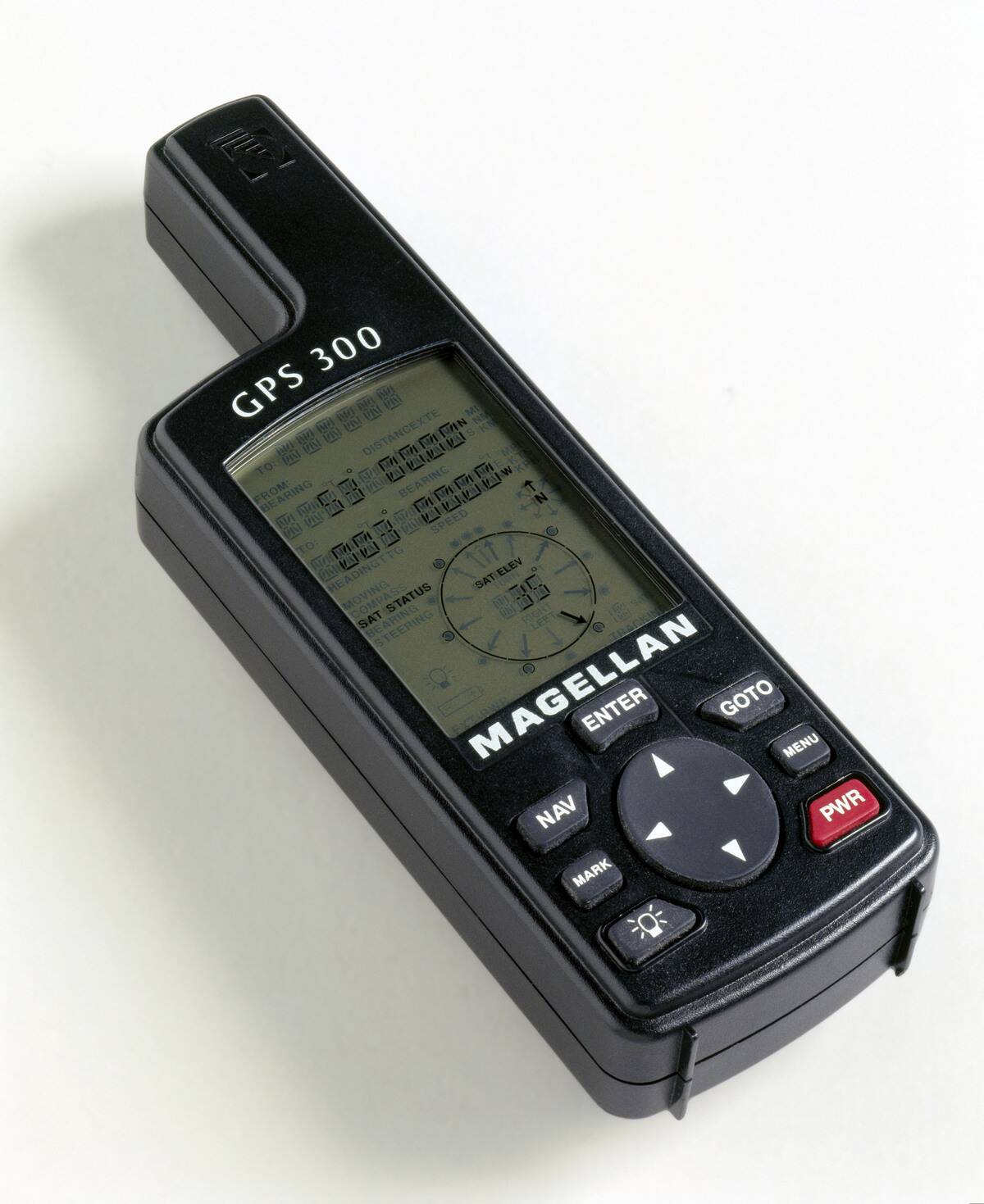
The Global Positioning System (GPS) began as a military technology during the Cold War. Developed by the U.S. Department of Defense, it was designed for precise navigation.
In the 1980s, GPS was made available for civilian use, revolutionizing navigation and enabling technologies like ride-sharing and location-based services. Today, it’s hard to imagine life without GPS.
The Origins of Chocolate: An Ancient Delight
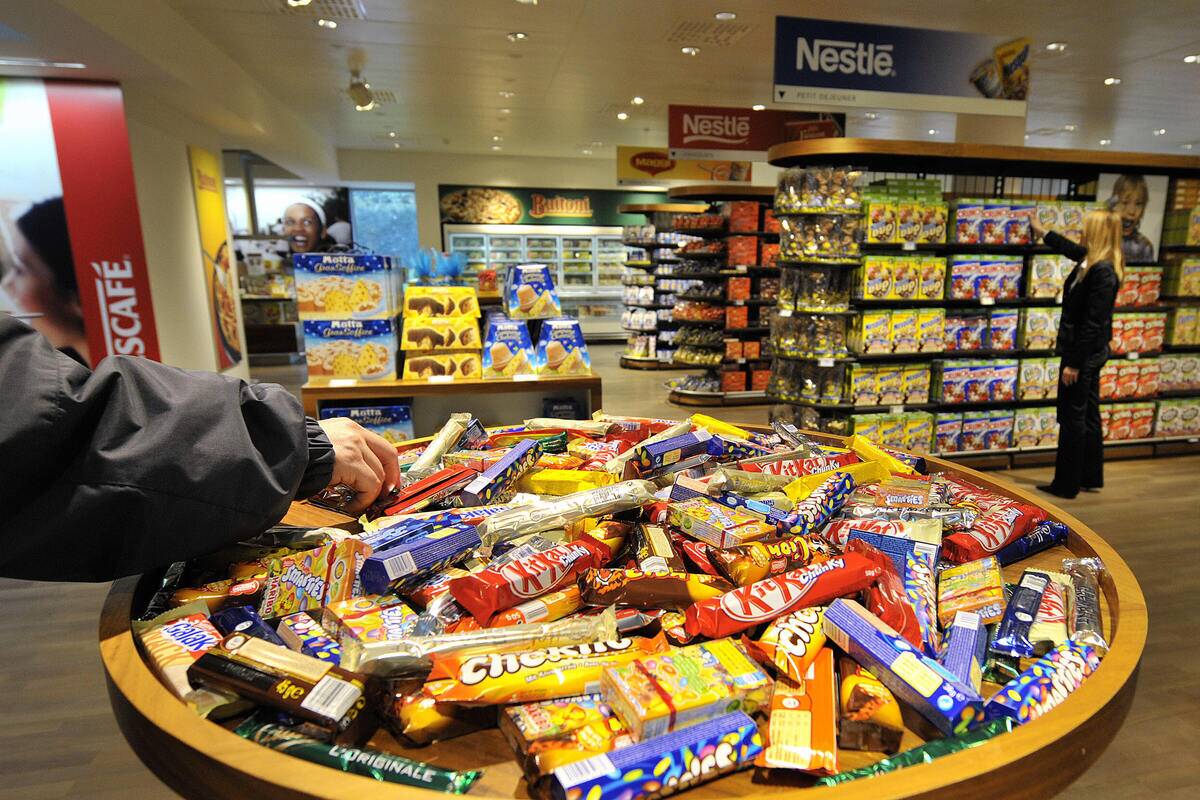
Chocolate’s history is as rich as its flavor. Dating back to the ancient Olmecs around 1500 BC, cacao was used in ceremonial drinks. The Maya and Aztecs revered it as the “food of the gods.”
When European explorers brought it back, it evolved into the sweet treat we love today. Chocolate’s journey from sacred beverage to global indulgence is truly a remarkable tale.
The Roller Coaster: From Coal Transport to Thrill Ride
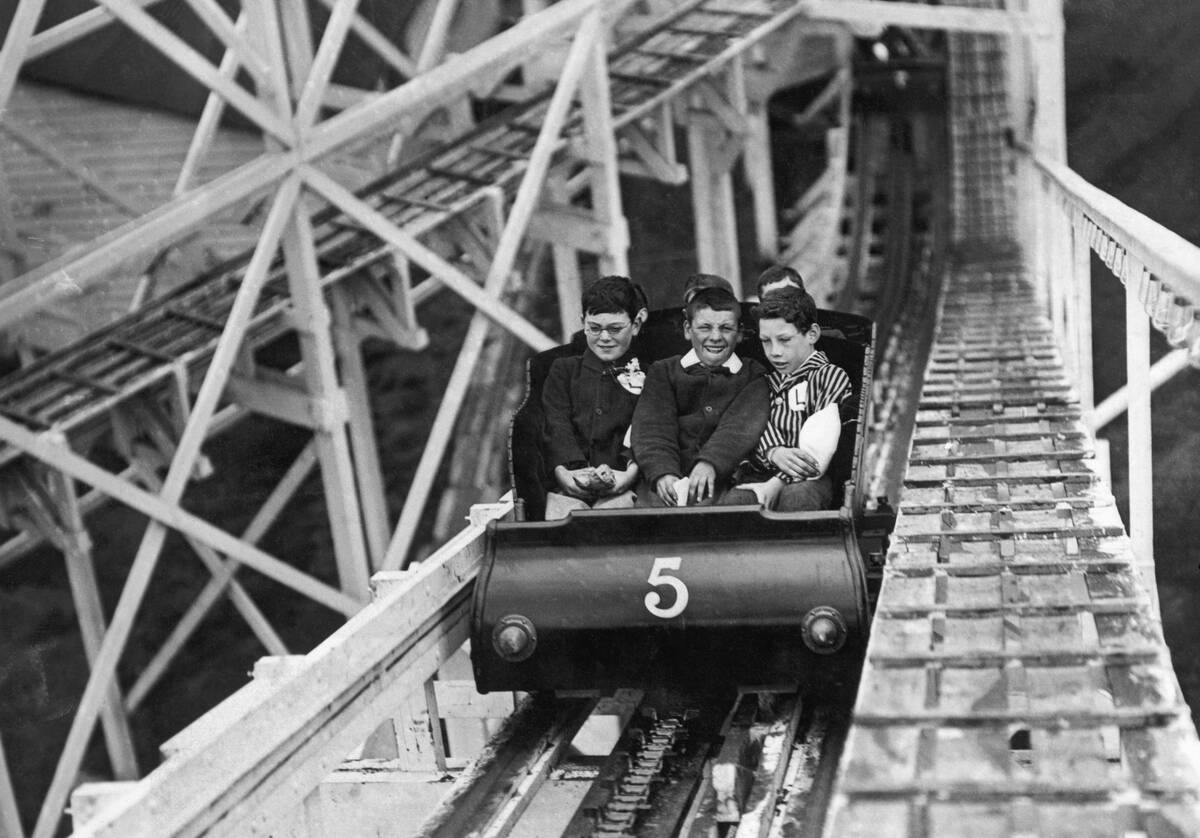
Roller coasters, beloved by thrill-seekers, have surprising origins. In the 17th century, Russian ice slides inspired French entrepreneurs to adapt them into wooden tracks. By the 1800s, they became popular amusement rides in the U.S.
The modern roller coaster has evolved into an engineering marvel, delivering adrenaline-pumping excitement to millions around the world.
The Story Behind the Discovery of Electricity
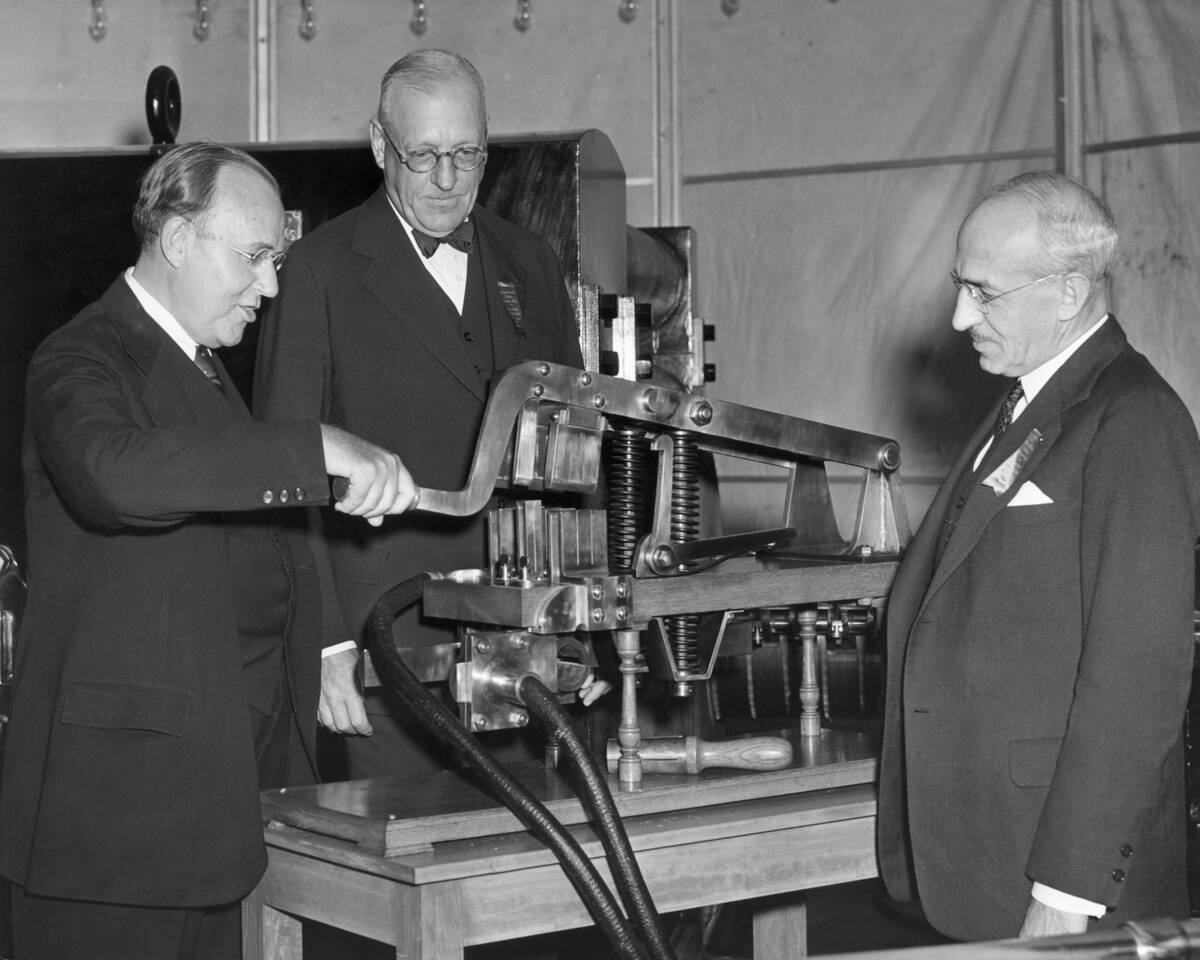
Electricity’s discovery was a series of revelations over centuries. Ancient Greeks noticed static electricity from rubbing amber. In the 18th century, Benjamin Franklin’s kite experiment hinted at its potential.
With the work of pioneers like Michael Faraday and Nikola Tesla, electricity became a transformative force, powering homes, industries, and innovations.
How the Sewing Machine Stitched Its Way into History
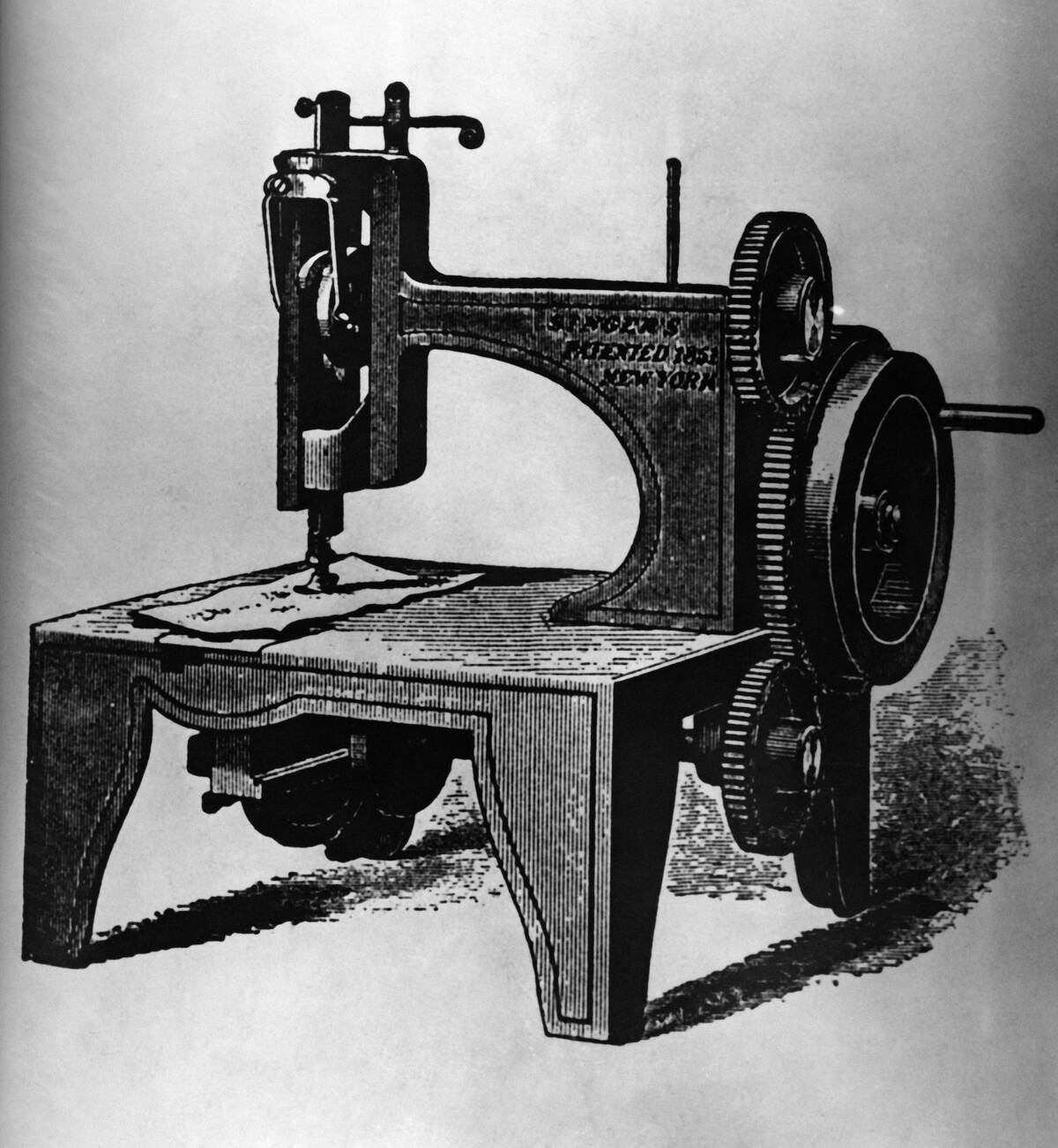
The sewing machine revolutionized the textile industry. In 1846, Elias Howe patented the first practical machine, but it was Isaac Singer who improved the design and popularized it.
The sewing machine made clothing production faster and more affordable, democratizing fashion and paving the way for the ready-to-wear industry that dominates today.
The Evolution of the Smartphone: More Than Just a Phone
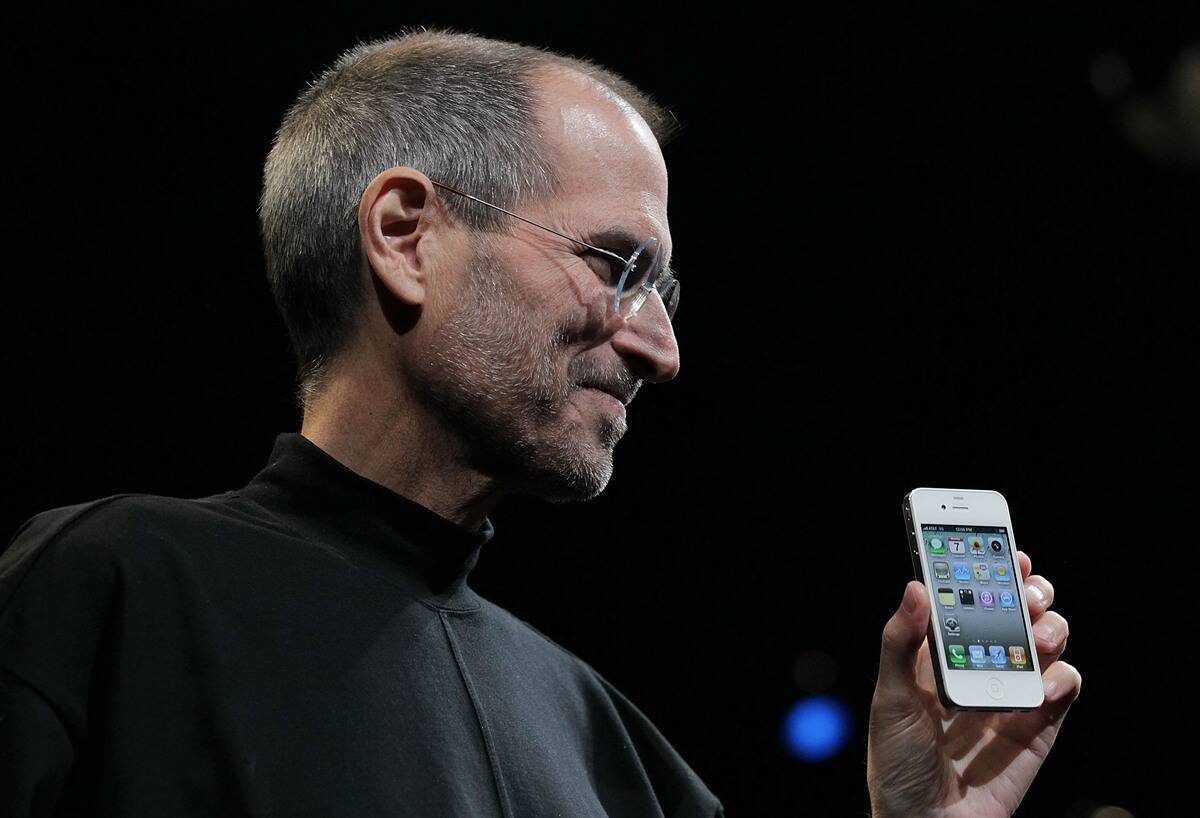
Smartphones have come a long way from their humble beginnings. The IBM Simon, launched in 1994, was the first device to combine phone and PDA features. Apple’s iPhone in 2007 revolutionized the market, integrating a touchscreen and app ecosystem.
Today, smartphones are essential tools, connecting us to the world and serving countless functions beyond making calls.



